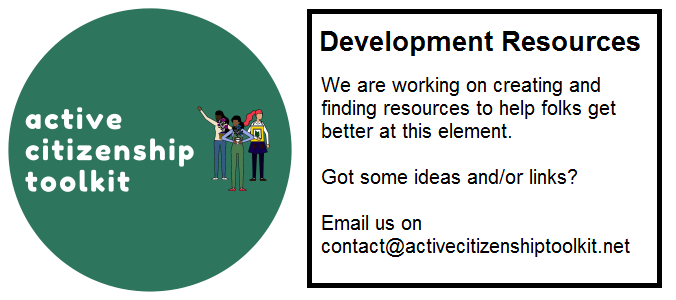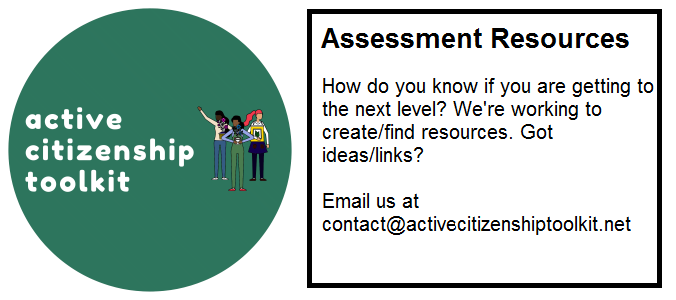Element Descriptor
Most social movement organisations have an implicit or explicit assumption that the main barrier to lasting change is a lack of information. Though clearly wrong, this is a persistent, tenacious position. Not understanding the reasons for its longevity will leave you demoralised and ineffective
Level descriptors
| Novice | Practitioner | Expert | Ninja |
|---|---|---|---|
| Able to understand what the information deficit model is and spot its use in protests, rallies, meetings etc.Have a basic understanding of the individual and institutional benefits which accrue to users of the model, and why alternative models are resisted | Have an advanced – even gasp psychoanalytic – understanding of the motivations keeping the IDM in place, and have various means at your disposal to chip away at it, peeling off supporters who were already wavering. | Have an understanding – historical, sociological, political even economic of the underpinnings of the IDM and the means by which its proponents will defend it from attack. Be able to launch effective attacks on it in hostile environments and live to tell the tale. | At the drop of a hat, able to get previously baked-in IDMers to change their tunes and dismantle behaviours and incentives which have given priority to “information”, replacing it with something nicer. |
Element Overview Essay
This is a draft. If something doesn’t make sense, or you see typos, or if you have further ideas, please email us on contact@activecitizenshiptoolkit.net
Understanding and explaining why the information deficit model is so prevalent and so damaging. I think the reason people don’t understand that the information deficit model even exists, is because they’re so familiar with it. And the people who have the social, political, cultural power to stand at the front of the room and talk and other people are usually but not always, the ones who did well in school, which was based primarily upon sitting in rows and being talked at, and heck, now it’s their turn. And so they just like a goldfish in the water can’t see the water. So, the other reason it’s not seen is it’s considered the only sensible way of doing things almost inevitable, but we have information that we must impart and therefore, dot dot dot.
I don’t want to claim that the opposite is true that there is never a need to impart information that there is never a deficit. I want to challenge the idea that the way to engage people, mobilise people, turn people into active citizens, is entirely or even primarily around talking information at them. This idea that you could sit them in rows and screw their heads, pour from the jug marked knowledge and then fill up their heads and screw them back on and everything would be tickety boo, that seems to be the assumption.
So the consequences of not seeing the information depth model for what it is, means you perpetuate it as you perpetrate it. And it hasn’t worked these last 10, 20 30, 50 however many years you want to go back. And so there’s no indication that it will start working soon.
What to do? Understand that there is such a thing as the information deficit model. But there are certain very, very specific cases in which it might be appropriate to use, but that people learn, as well as through the delivery of factual information through their own narratives, their own stories, and in dialogue. And if you don’t want to do that, maybe you shouldn’t be doing active citizenship. There’s more to say on why it can’t be seen.
Development Resources

Assessment Resources

